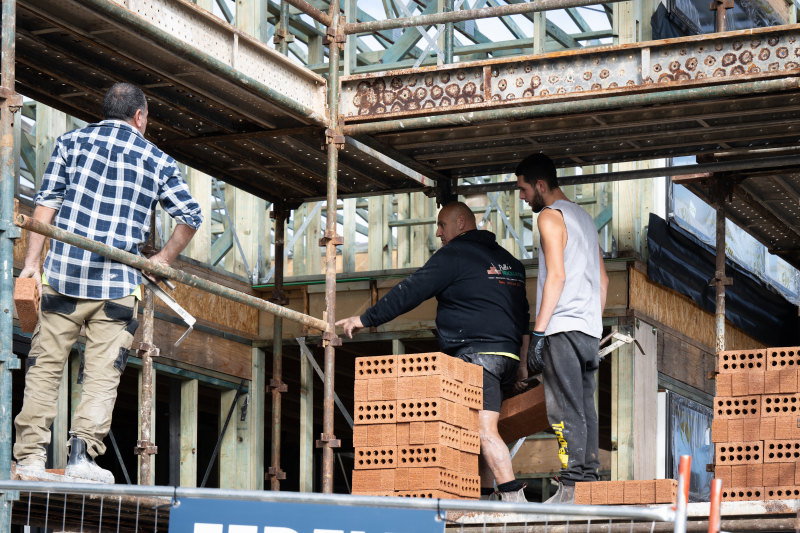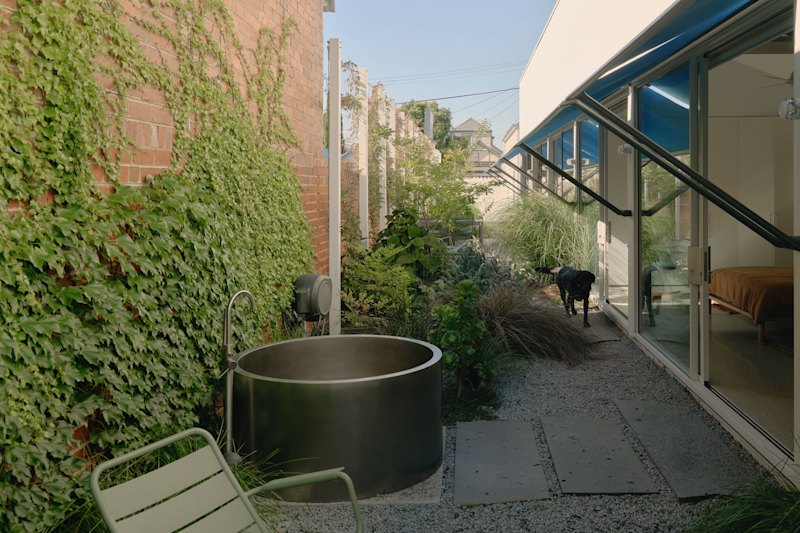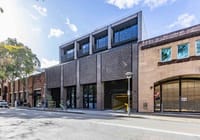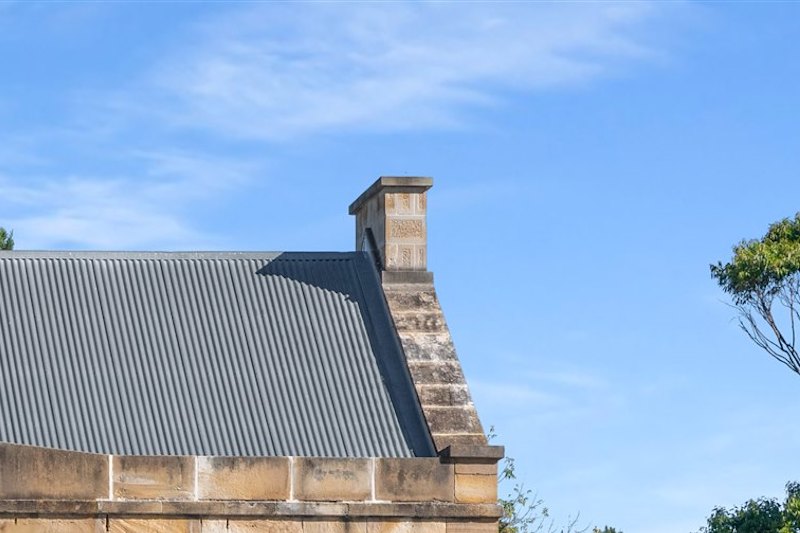
Housing construction rises to a three-year high
Housing construction rose to a three-year high in the September quarter as consumers and the sector responded to stabilising borrowing and building costs, Australian Bureau of Statistics figures on Wednesday showed.
The value of residential construction grew 1.8 per cent in the third quarter – at a faster rate than June’s 1.2 per cent gain and March’s 0.9 per cent increase – to $23.4 billion in seasonally adjusted terms. It was the biggest quarterly reading since September 2021.

The pick-ups in housing and engineering construction – which jumped to 2.6 per cent growth from 1 per cent in June – were partly offset by a 1 per cent decline in non-residential construction. Even so, they pushed total construction output in the September quarter up 1.6 per cent to $73.3 billion, a seven-year high.
The value of engineering construction rose to $34.7 billion – reflecting the booming national and state infrastructure spend – while commercial construction contracted to $15.3 billion.
“The residential building result implies residential investment should rise about 1.5 per cent quarter on quarter in next week’s 3Q GDP release, which would represent the strongest result since the March quarter of 2021,” JP Morgan economist Jack Stinson said.
“Better outcomes on residential investment from here should help to relax some of the housing sector supply constraints, and ease housing-related inflation.”
But while some signs of strength have come back into the housing pipeline – approvals of new attached homes jumped 8.4 per cent in September, the last month for which figures have been published, and total approvals rose a more-than-expected 4.4 per cent to 14,842 – concerns remain.
“We are definitely pointing to a major level of activity in the living sector,” said Niall McSweeney, the Asia-Pacific head of cost and project management for Toronto-listed consultancy Altus Group.
This was in part because government spending on some areas of infrastructure – such as hospitals – was slowing, which would free up more human and material resources for residential work, Mr McSweeney said.
“We are seeing a refocusing of governments towards housing,” he said. “On many jobs, if there is a spare piece of land, governments are talking about how they can repurpose it for essential workers, or for social and affordable housing. The bent is now firmly on a residential play.”
Others were more cautious.
“We expect we have hit the bottom for total dwelling commencements, with marginal growth expected in FY2025 on the back of a modest rise in house starts,” Oxford Economics Australia economist Michael Dyer said.
“Capacity constraints continue to weigh on the flow of work and push back the conclusion of projects. Trade labour shortages remain the key concern, and will likely place a speed limit on activity medium term.”
But as separate analysis from KPMG this week showed, up to half of all residential building activity is devoted to additions and renovations of existing housing stock, or one-for-one replacement of houses by owners who want to avoid moving.
Australia’s trade and subcontractor shortages could be eased if policies and regulations tilted resources towards new home-building, KPMG urban economist Terry Rawnsley said.
Even Mr McSweeney said the sector still faced major challenges. But while builder-developers – which managed all the risks in one entity – were better able to realise projects in the current environment, securing contractors in the low-margin game of home-building was still tough, he said.
“Third-party building is still a struggle, particularly in NSW and Queensland. Trying to attract third-party builders is a problem. They’re risk-averse.”
Costs across construction have risen, even though some components such as structural steel stabilised in the September quarter and structural timber decreased in price, Mr McSweeney said.
The higher-cost environment made the development of repetitious housing with fewer variations a less risky and more attractive development proposition than build-to-sell apartments that often had to be customised, he said.
“Big build-to-sell is still problematic at the moment,” Mr McSweeney said.
Builders are hoping for a boost in demand from the federal Labor government’s Help to Buy scheme, which passed through parliament this week and under which 40,000 qualifying buyers will be able to buy a new home, with the government contributing 40 per cent of the cost under a shared-equity arrangement.
“The Help to Buy scheme is an important initiative of the federal government to enable 40,000 eligible home buyers to obtain and secure a deposit for a new home faster,” Housing Industry Association managing director Jocelyn Martin said this week.
The scheme will also offer a 30 per cent contribution to qualifying buyers of established homes.











